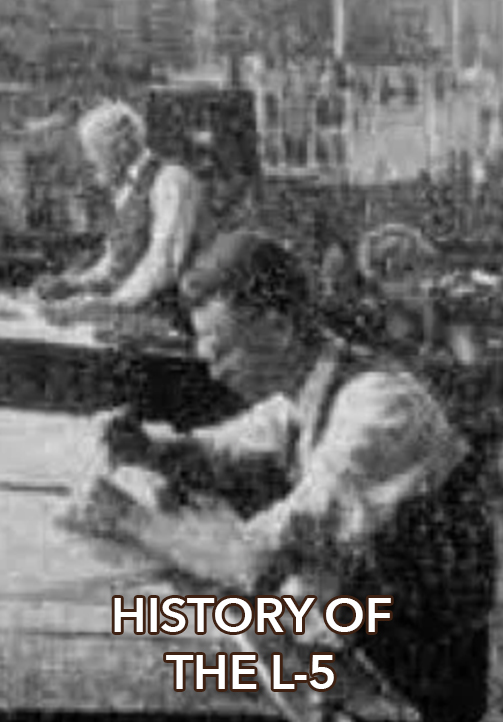History
Introduced in 1923, the L-5 was Gibson’s first f-hole archtop guitar (see 16-Inch Timeline for more on the introduction date). Indeed, it was the first guitar by any manufacturer to combine a carved top and back, f-holes, an adjustable truss rod and a neck that joined the body at the 14th fret. At a time when Martin’s pearl-encrusted 000-45 retailed at $150, the L-5 carried a princely price tag of almost $304.50 (including a Gibson 515 case) and it remained Gibson’s flagship model until the launch of the Super 400 (costing $400.00 including the case and cover) in 1935 .
The ensuing years saw the L-5 undergo many changes, evolving from the original 16-inch wide, non-cutaway design, through the 17-inch ‘Advanced’ model and finally on to the L-5 Premier, complete with a rounded ‘Venetian’ style cutaway. By the early 1950s, Gibson had successfully added an electric version – the L-5CES – to its line.
In the process, the Gibson L-5 established a benchmark by which archtop guitars from other manufacturers are judged. Epiphone, D’Angelico, Gretsch, Stromberg and later Guild all offered models based on the L-5, a tradition that is continued to this day by luthiers like Bob Benedetto, Mark Campellone and Bill Collings.



